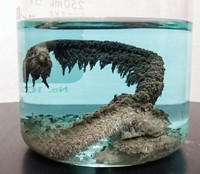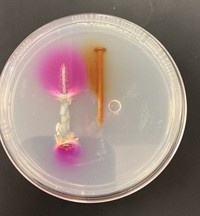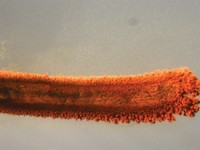Advertisement
Grab your lab coat. Let's get started
Welcome!
Welcome!
Create an account below to get 6 C&EN articles per month, receive newsletters and more - all free.
It seems this is your first time logging in online. Please enter the following information to continue.
As an ACS member you automatically get access to this site. All we need is few more details to create your reading experience.
Not you? Sign in with a different account.
Not you? Sign in with a different account.
ERROR 1
ERROR 1
ERROR 2
ERROR 2
ERROR 2
ERROR 2
ERROR 2
Password and Confirm password must match.
If you have an ACS member number, please enter it here so we can link this account to your membership. (optional)
ERROR 2
ACS values your privacy. By submitting your information, you are gaining access to C&EN and subscribing to our weekly newsletter. We use the information you provide to make your reading experience better, and we will never sell your data to third party members.

Undergraduate Megan Prien dissolved a nickel in nitric acid to measure how much copper it contained as part of an analytical chemistry lab at University of Wisconsin, Whitewater. When Prien added the coin to the acid and heated it, the liquid began to fizz and release nitrogen dioxide gas. The fumes initially were light brown but grew darker as the reaction proceeded. “Of course, all of this took place in a fume hood” for safety, Prien says. The blue-green liquid shown here is dissolved copper. Prien plated the copper onto an inert electrode, which she weighed before and after to determine the mass of the metal. She found that a 1994 nickel contains about 3.65 g of copper.
Submitted by Megan Prien
Do science. Take pictures. Win money. Enter our photo contest here.
Related C&EN Content:
CORRECTION: This story was updated on Feb. 22, 2018, to clarify that the coin was dissolved, not melted, in nitric acid.





Join the conversation
Contact the reporter
Submit a Letter to the Editor for publication
Engage with us on Twitter